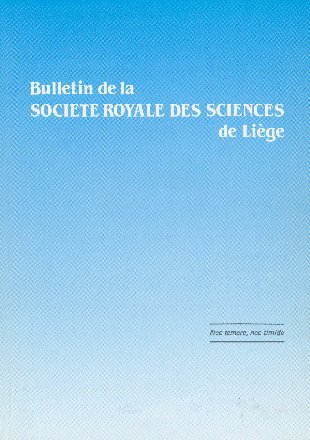- Portada
- Volume 93 - Année 2024
- No 2 - Proceeedings of the 3rd BINA Workshop on th...
- Intranight Variability of Ultraviolet Emission from High-z Blazars
Vista(s): 601 (7 ULiège)
Descargar(s): 60 (0 ULiège)
Intranight Variability of Ultraviolet Emission from High-z Blazars

Documento adjunto(s)
Version PDF originaleAbstract
Rapid intranight variability of continuum and polarization in blazars is a valuable tool for probing the beaming of a relativistic jet and the associated population of the relativistic particles. Although such intranight variability in the rest-frame optical continuum has been extensively studied, there is a scarcity in the rest-frame ultraviolet (UV), where the variability might be caused by a secondary population of relativistic particles. To address this gap, we recently reported, for the first time, an intranight variability study of a sample of high-z blazars (Chand et al., 2022), with the monitored optical radiation is being their rest-frame UV radiation. Here, we discuss in detail the implications of this investigation, including a proper comparison of high-z blazar samples with fractional optical polarization (popt) lower and greater than 3%. In this context, we also report an intranight variability study of an additional high-z blazar at z = 2.347, namely J161942.38+525613.41, monitored over three sessions, each lasting approximately five hours. Our investigation does not reveal any compelling evidence for a stronger intranight variability of the UV emission in high polarization blazars, in contrast to the blazars monitored in the rest-frame blue-optical. We also discuss this trend in the light of the suggestion that the synchrotron radiation of blazar jets in the UV/X-ray regime may arise from a relativistic particle population different from that radiating up to near-infrared/optical frequencies.






